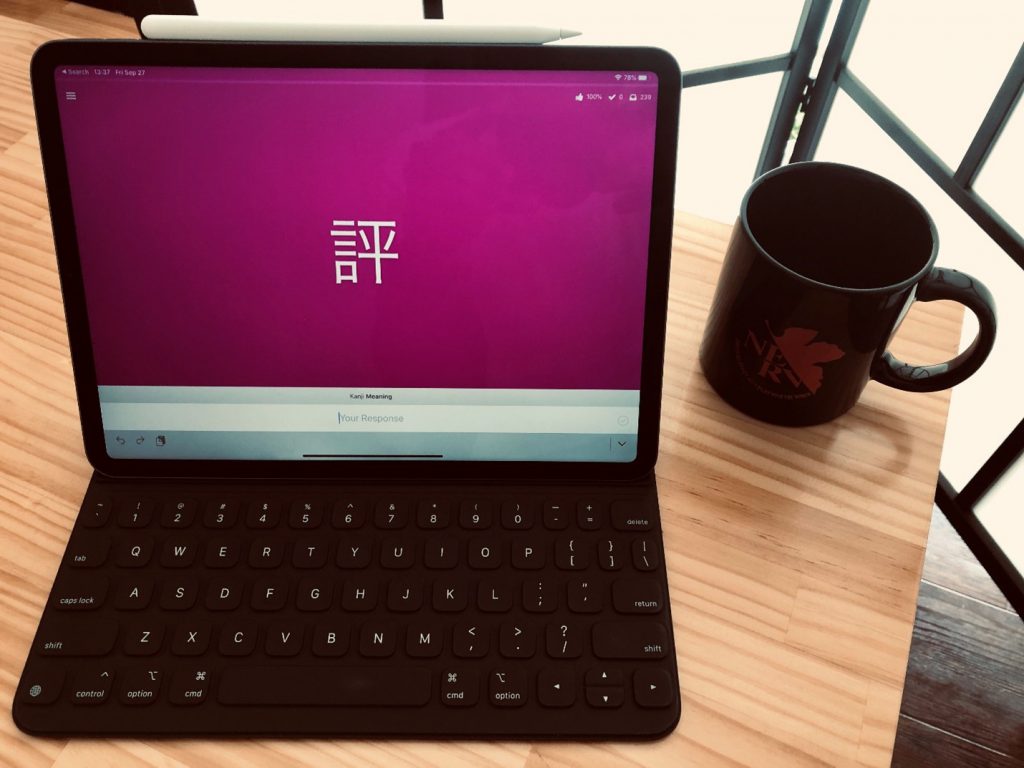Learning Japanese is one of the best things you can do to enrich your life and increase your chances of career success in Japan. However, learning a new language demands a significant amount of time. Factor in a busy career, social and family obligations, and hobbies, and it’s easy to leave language learning by the wayside, admitting defeat with the tried-and-true excuse of “I just don’t have time to study.”
As the popular expression states, regardless of how busy we are, we all have the same 24 hours a day—it’s all about how we use them. In other words, it’s not about having time to study—it’s about making time to study. This is something all of us can do, albeit to varying degrees. Read on to learn how you can squeeze a little more studying into your daily routine.
How Much Time Will it Take?
Having studied Japanese for over a decade, I can attest to the fact that persistence, efficiency, and consistency trump quantity. For example, you’ll progress faster and further by studying for an hour every weekday instead of a five-hour marathon once a week. Additionally, spreading out your study time is the only way to take advantage of a spaced-repetition system (SRS), a methodology that’s built intoJapanese learning methods, including Cardemy, Wanikani, Remembering the Kanji, and Bunpro.
Overall, the length of time it takes to learn Japanese depends on two key variables:
- Your goals (basic fluency, business-level Japanese, full literacy, native-level mastery, etc.)
- How much time you can devote to language studying on a daily basis
Diehards can achieve a modicum of fluency within months while those who study more casually might take years to cover the same ground. The most important thing is to be realistic about your expectations. If you can’t devote the majority of your free time to studying Japanese, take that into account when you are crafting your long-term study plan. It’s a good idea to establish S.M.A.R.T. Goals with clear milestones to help you with this. For example, my language journey so far has been as follows:
- Year one: comfortable ordering food, shopping, and asking for assistance in Japanese
- Year two: capable of traveling throughout the country on my own, relying only on Japanese
- Year four: basic office Japanese (professional greetings and introductions)
- Year six: the ability to pass job interviews in Japanese
- Year eight: business Japanese capability (emails, meetings, etc.)
- In progress: Japanese business presentations and business writing
Setting and acknowledging milestones like these ensure that you receive real feedback on your progress and will keep you motivated for the long haul.
So, with the basics out of the way, let’s dive into how you can start making time to study and forge a path toward fluency.
1. Early to Bed and Early to Rise

Hands down, my most successful language-learning habit has been waking up 30 to 60 minutes early to start my mornings with a warm cup of coffee and an SRS queue full of kanji, vocabulary, and grammar points to learn and review. In my world, early mornings are a magical time when the rest of the world ceases to exist: no meetings, email activity, or appointments to worry about—just me and Japanese.
I realize that getting up an hour earlier every morning is a lot to ask. Work your way up to it in 15-minute increments, making sure to go to sleep earlier as well.
Of course, not everyone is a morning person. If you’re a night owl, carve out a block of time before bed (In fact, studying at night might be even more efficient). Whatever you choose, remember that consistency is king. If you can’t put in an hour, 30 minutes (or even 15 minutes) can be enough to keep your momentum going.
2. Lunch With a Side of Kanji

Studying during your lunch break is the perfect way to make up for a morning study session that was cut short or put in some extra time to accelerate your progress.
When I study during a lunch break, I prefer doing something more practical than flashcards or textbook work. It’s important to work on something that’s motivating and easy to get into quickly. For me, that’s usually a Japanese book, magazine, or news article.
Whatever you decide, don’t rely on your lunch break as the core of your study routine. Lunch breaks can be inconsistent, easily interrupted, or canceled altogether—especially if you work in an office.
3. Japanese on the Go

Fans of our Kokoko Media know that digital flashcards are essential tools for studying Japanese due to their SRS algorithms. Portability, however, is equally important.
Having a flashcard app on your phone means that any moment of downtime throughout your day becomes an opportunity to learn and review Japanese vocabulary, kanji, and grammar points. Waiting in lines, train commutes, and coffee breaks all become chances to chip away at a queue of digital flashcards. With a good podcast, you can even put your listening skills to the test while walking.
4. Mixing Business and Pleasure
Once you break the bonds of beginner-level Japanese you’ll start to realize the practicality of your new-found language prowess. Opportunities to study will materialize in your hobbies or perhaps even in your work.
Try enjoying some of your favorite video games, animation, and manga in Japanese—learning while doing something you love. Netflix serves up a ton of original Japanese content regardless of where you live. You could even take things a step further by fully immersing yourself and changing the language settings for your smartphone, computer, and other electronic devices to Japanese.

5. Reduce But Don’t Eliminate
I saved the most difficult tip for last. At some point (or several points) in your Japanese journey, you’re going to hit a plateau. For most learners, this occurs somewhere between the intermediate and upper-intermediate levels. Although many can overcome plateaus by switching up study methods or routines, plateau breaking often requires a greater investment of your time as well.
If you need to learn Japanese as quickly as possible, you may have to put aside some of your hobbies, responsibilities, or passions to achieve your goal. For many of us, however, this is too much to ask.
That being said, when you hit a plateau, it’s time to audit your schedule and squeeze in a little more time for Japanese. For example, after looking through your weekly schedule, you may realize that you spend two hours a day watching television shows. There’s nothing wrong with that, especially if it helps you wind down after a grueling day of work. In fact, giving up television entirely may stress you out too much to study effectively. But what about reduction? How about sacrificing just one of those hours of escapism to study Japanese instead?
You’ll find that this approach is much more realistic and sustainable than giving up your hobbies and passions entirely.
The Way Forward

At first, learning Japanese seems impossible—especially when you consider the daunting challenge of kanji mastery. However, as with many of life’s seemingly overwhelming challenges, with time, persistence, and consistency, you can succeed.
If you set realistic expectations, build consistent habits, and creatively make time to study every day, you’ll be speaking and reading Japanese sooner than you could have ever imagined.





